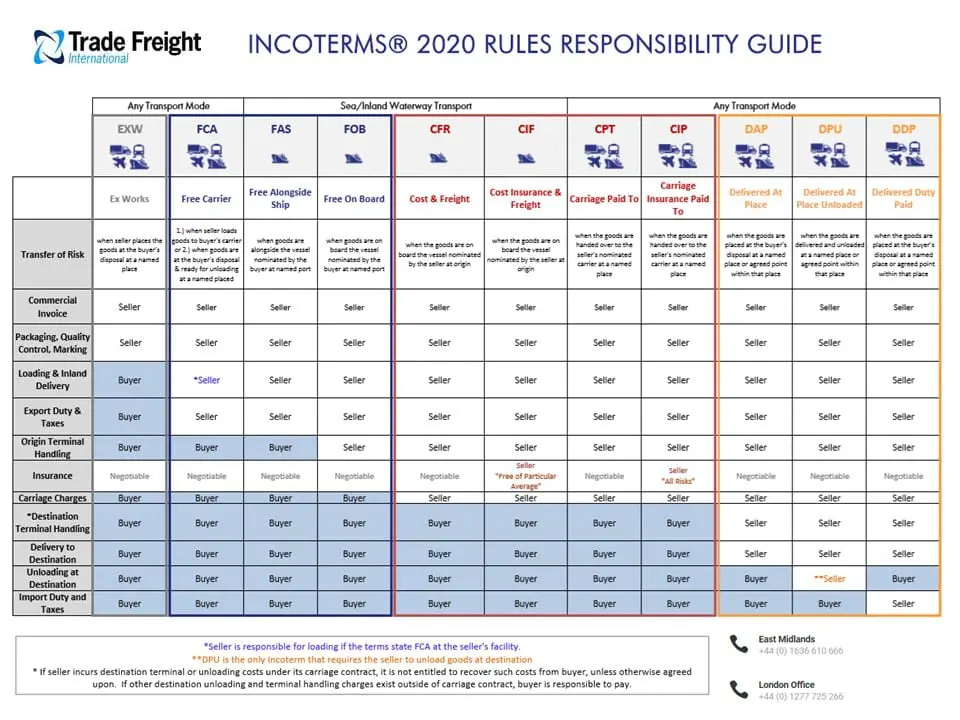The situation regarding the Coronavirus is an ever-changing one. This means that it is important to check reputable news sources for complete, accurate and up-to-date information. This article, however, is a general overview of the current situation in the global supply chain.
Sea freight
Sea freight has long been the slow-but-reliable workhorse of choice for getting non-perishable goods from A to B over long distances. Unfortunately, the great benefit of sea freight (it’s slow but reliable nature) has been its great weakness in the current situation. In short, countries moving in and out of lockdown (and in some cases back into it again) have totally disrupted normal services.
The most obvious sign of this is that there is or has been excess capacity where it was not needed and lack of capacity where it was or is needed. For example, when China shut down, European companies were left struggling to find shipping services and when this began to be addressed, Europe shut down leading to excess capacity there and shortages elsewhere.
Another issue is the reality or strong possibility of key shipping ports being open in theory but closed in practice. For example, the lockdown in India is currently rendering its sea (and air) ports unusable.
Sadly the nature of sea freight is that disruptions generally take a long time to be resolved and so, realistically, it looks like it will be several months, at least, before there is a return to normality. If the pandemic is not brought into check relatively quickly, it could take even longer.
Rail freight
These days, rail freight is relatively niche, it is, however, weathering the pandemic fairly well. Similarly to the road network, extra safety measures have had to be implemented and this has caused some disruption to the service. Unfortunately, rail freight simply does not have the capacity to replace other forms of freight.
Road freight
Road freight is a major sector all around the world, especially in the UK (currently including the UK), where an estimated 75% of all freight currently goes by road. This makes complete sense when you consider the wide range of terrains in the EU, many of which are really only accessible by road (or air), but is causing major issues at the moment largely because of the suspension of free-movement (although not free trade).
There is really nothing the EU can do to mitigate the need for safety checks and its borders. In principle, they could waive the need for customs checks. In practice, this would be an extraordinary measure, which could have all kinds of implications and would probably only be taken as a very last resort. Hopefully, the situation will not get bad enough to warrant that kind of action.
There is, however, action the EU could take to mitigate the delays within its own borders. For example, member states could implement expedited border crossings for freight vehicles to reduce tailbacks. To put this suggestion in context, a 50KM tailback was reported at the border between Germany and Poland and tailbacks of 10KM or thereabouts have been reported in several locations, mainly to the East of Europe.
In this context, it’s worth pointing out that some countries have relaxed their rules on drivers’ working hours and rest breaks. It may be that these restrictions will be loosened further. It is, arguably, rather questionable to ask drivers to work longer hours because they need to sit in queues for intra-EU crossings.
Airfreight
Airfreight is largely dependent on passenger flights of which there are currently very few. This means that there is a massive demand for the remaining spaces. As a result, prices for the remaining capacity are extremely high.



Recent Comments